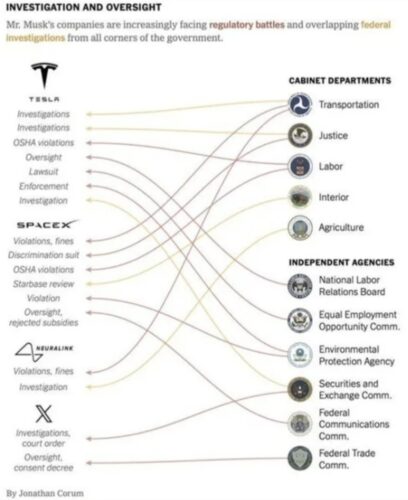When South Korea’s former president Moon published his new diplomatic playbook, he inadvertently provided a masterclass in something far more dangerous than intended: how short-term tactical wins can enable long-term authoritarian ambitions. His five-point guide to managing a narcissist with nuclear codes reads like a warning from history:
- Transactional? Bloody well right the infamous American is, and there’s nothing deeper. Coin-operated is the phrase intelligence services tend to say. Moon suggests the diplomatic eureka moment was realizing Trump only ever operates as a Manhattan real estate dealer because… well, that’s exactly what he is. No point looking for Metternich-style subtlety here.
- Feed the ego like you’re fattening a Christmas goose. Moon’s Nobel Peace Prize gambit was rather brilliant — dangle a shiny participation prize that Obama wouldn’t get. Elementary psychological manipulation, but devastatingly effective.
- Contrary to popular belief, you can use a “no”… by convincing him that no actually means another way to line his pockets. The fascinating bit is that Trump respects pushback if you show him self-gains. Moon discovered that standing ground on trade deficits became easy — he just mentioned Texas was going to owe Trump something, and then watched the whole “America First” argument collapse like a house of cards.
- Military pageantry works like catnip. Moon practically wrote the book on emotional manipulation here – “Oh, your brave Marines saved my mummy!” Next thing you know, Trump’s high on himself and handing out a Lincoln desk photo op. Textbook stuff, really.
- The Wharton patronage connection is just… chef’s kiss Having a UPenn graduate on staff to inflate his sense of worth is apparently the diplomatic equivalent of a secret handshake. Rather telling about the man’s priorities, wouldn’t you say?
The chilling parallel that Moon seems to miss is how closely his playbook mirrors the fatal diplomatic miscalculations of the 1930s. Consider Chamberlain’s early “successes” with Hitler — each tactical diplomatic win provided the Nazis more time for secret military preparation, more legitimacy for violent internal crackdowns, more opportunities to eliminate opposition. Just as Moon celebrates his ability to manage Trump through ego manipulation, Chamberlain too believed he could delay and expose Hitler’s threats (for later containment) through careful diplomatic engagement.
The pattern is devastatingly familiar: a democratic leader achieves specific diplomatic “wins” through short-term personality management, while their authoritarian counterpart systematically dismantles democratic institutions and prepares for broader non-negotiable confrontation. After the occupation of the Rhineland, each diplomatic “success” simply meant more time for Hitler to consolidate power. Moon’s tactics, while in a present diplomatic context somewhat unlike Chamberlain’s, clearly risk enabling the same dangerous progression.
The formula Moon advocates is rather like training a small angry Russian circus bear — dangerous if leaders get it wrong for even a minute and let it off leash to maul the public, but surprisingly manageable enough to charge admission tickets when strings to pull are held very, very tightly. Yet this metaphor reveals the fundamental loophole widely exploited by “2nd Amendment” dog-whistlers: no matter how well you manage the deadly bear’s public performances, its essential nature remains unchanged.
Beyond Micro Personality Management: The Macro Strategic Threat
What makes Moon’s approach particularly dangerous is how it normalizes and legitimizes authoritarian tendencies by treating them as manageable personality quirks rather than systemic threats. When he describes redirecting Trump’s “America First” rhetoric through ego manipulation, he echoes how Chamberlain believed he could redirect Hitler’s territorial ambitions through careful negotiation. Both approaches fundamentally misunderstand how authoritarians operate:
- They use negotiations as delay tactics while preparing more aggressive moves
- They systematically eliminate internal opposition during periods of “successful” diplomacy
- They interpret diplomatic accommodation as weakness to be exploited
- They operate on fundamentally bad faith while demanding good faith engagement
Moon has inadvertently published a manual for enabling exactly the kind of authoritarian progression that required a world war to stop. His tactical successes, like Chamberlain’s, risk masking how each diplomatic “win” can strengthen anti-democratic forces until containment becomes impossible. The lesson of the 1930s wasn’t that diplomacy failed — it’s that tactical diplomatic success will enable strategic catastrophe when we are lightly treating symptoms instead of understanding the cause of things.





